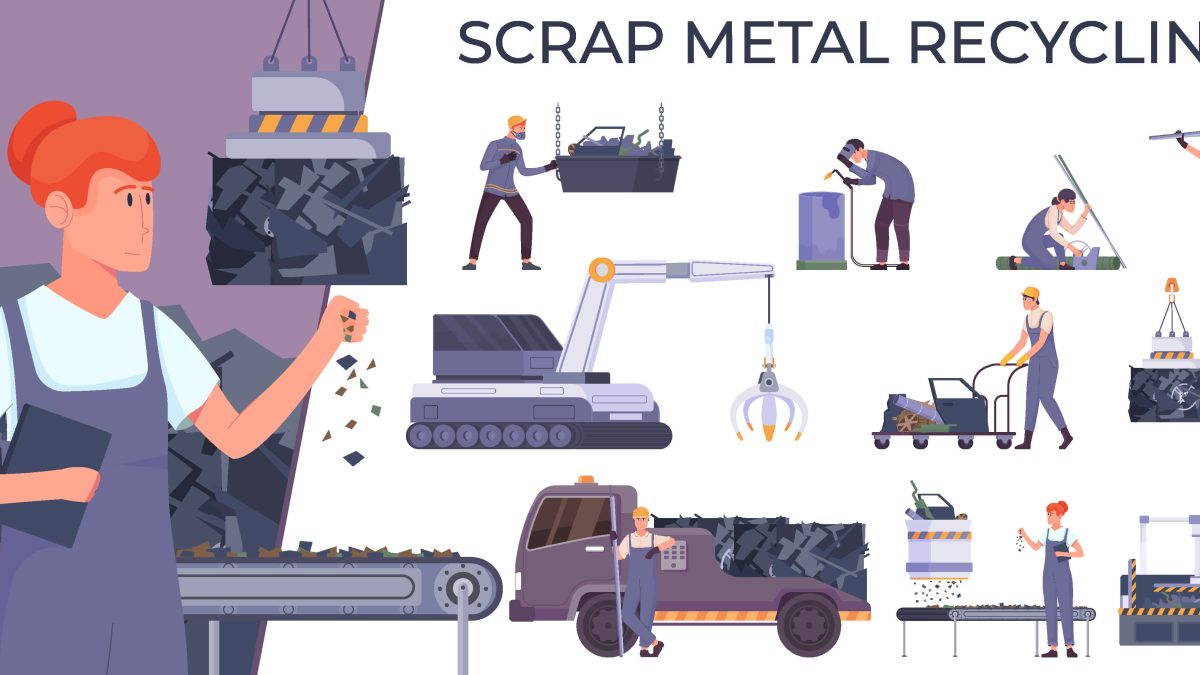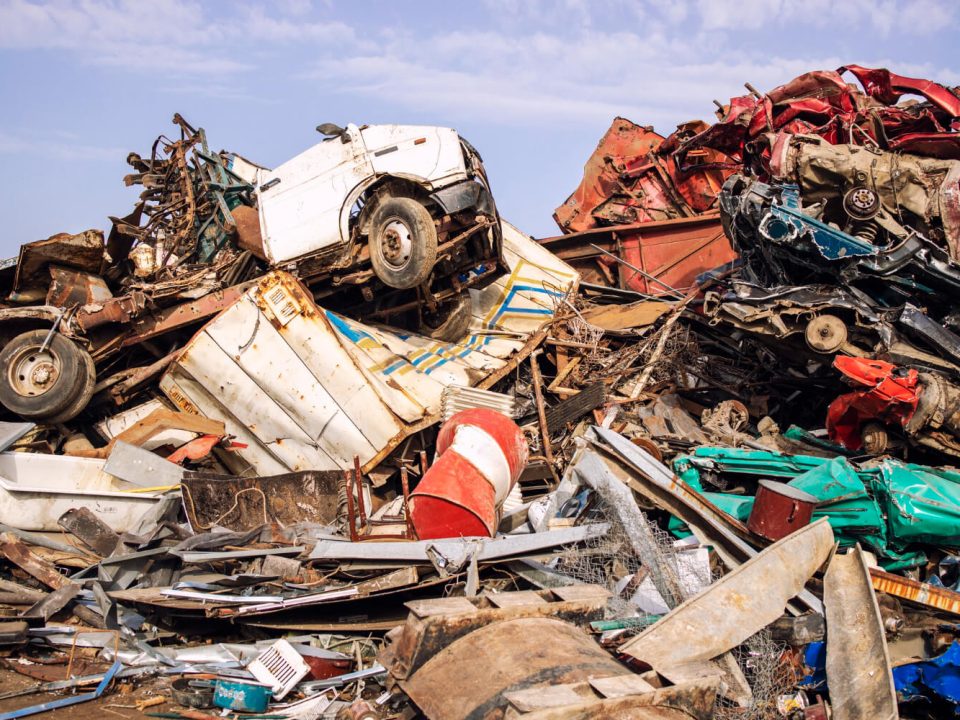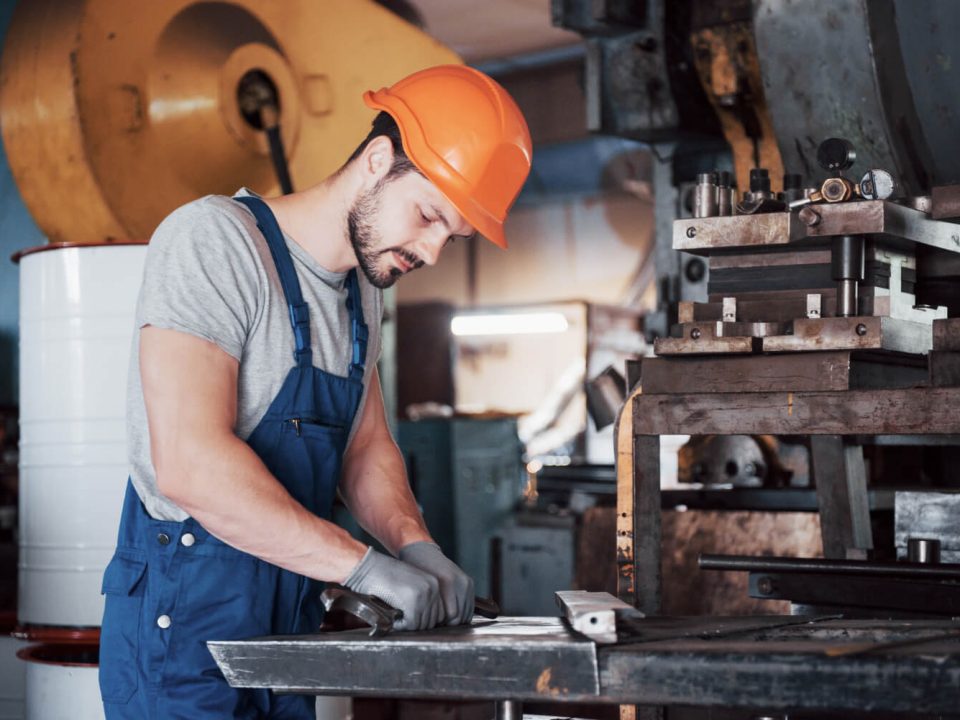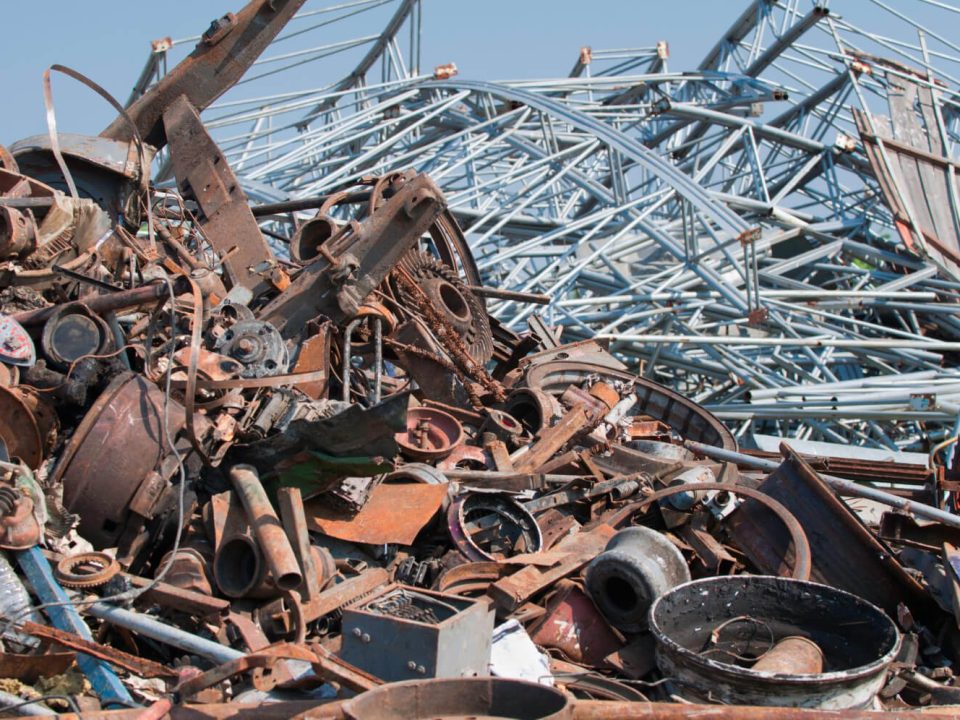
Maximizing Profit in the Buying and Selling of Ferrous Scrap Metals
February 15, 2025
The Future of Scrap Metal Recycling Trends and Innovations
February 19, 2025Waste doesn’t just belong in landfills anymore–it can become a treasure. Scrap metal recycling services transform what we discard into building materials by collecting, processing, and repurposing old metal items discarded as trash. They help create a circular economy where no part goes to waste but instead is reused or recycled–cutting down waste while saving energy costs and helping our planet too! In this blog, we’ll show how scrap metal recycling services operate as well as their importance and why these programs matter so much.
What Is a Circular Economy?
A circular economy is an easy concept to grasp—simply put, it involves using resources as long as possible before recycling or reusing them when their usefulness has ended instead of throwing them out when no longer needed. This marks a departure from traditional “take-make-dispose” practices by making waste a resource and decreasing dependence on raw materials.
The primary objective is to maintain material circulation throughout the economic system. The strategy both reduces waste and environmental impact and enhances economic performance. Business operations benefit while environmental health improves through this approach.
The Function of Recycling Services for Scrap Metal
At the core of any sustainable strategy lies services for recycling scrap metal. They collect scrap from sources including broken appliances, old cars and building waste before turning it into valuable raw material that can then be processed further for further use. Once collected, scrap is then sorted, processed and made ready for further usage.
These services assist in decreasing demand for new mining operations that are environmentally hazardous and energy-intensive. Recycled scrap metal helps conserve natural resources while decreasing waste production significantly and saving up to 75% in energy usage compared to primary metal production.
Key Contributions of Recycling are:
- Resource Efficiency: Every scrap piece represents a potential resource.
- Energy Savings: Recycling consumes significantly less energy than mining new ore.
- Reduced Environmental Impacts: Less mining occurring means reduced disruptions of natural habitats.
- Economic Benefits of Recycling: Scrap metal recycling services offer businesses economic advantages by creating jobs and cutting production costs for manufacturers.
By using scrap metal recycling services, businesses join a cycle that turns yesterday’s waste into tomorrow’s treasure.
Understanding Scrap Metal Recycling
Understanding how scrap metal becomes a new material helps us appreciate its true worth. Here is an in-depth breakdown of its transformation:
1. Collect and Transport
Scrap metal collection happens from various sources, including residential areas, industrial sites and municipal waste streams. Utilizing specially equipped trucks and containers ensures safe transport back to recycling facilities – turning what may look like junk into an endless source of potential resources!
2. Sorting and Categorizing
At the facility, metal is carefully sorted. Using sophisticated devices like magnetic separators and optical sorters, workers and machines work together to separate ferrous metals (those that contain iron) from non-ferrous ones like copper and aluminum, just the way you could sort your laundry pile by separating the colors from the whites. This guarantees that the metals can be properly categorized.
3. Shredding and Size Reduction
Following sorting, metal is fed through powerful shredders which break it into manageable pieces more evenly for melting processes. Think of this process as like cutting vegetables for stew – smaller bits cook faster because of a more even distribution of heat during this process.
4. Purification and Melting
High-temperature furnaces are subsequently used to melt the metal shreds. Melting turns solid metal into a liquid, which facilitates impurity removal. Flushing and chemical treatments are examples of purification procedures that guarantee a high-quality, clean final product. Because recycled metal must adhere to stringent industrial requirements in order to be reused, this process is essential.
5: Casting and forming
Purified metal is cast into ingots or bars to be used by manufacturers in creating cars, appliances and building materials – thus closing out its recycling loop and returning material back into economic circulation.
Environmental Benefits and Sustainability
The environmental advantages of scrap metal recycling services are not merely a pleasant extra; they are crucial for the future of our world. Here’s a more practical look at the importance of recycling metal:
- Energy Efficiency: What if we could reuse what we already have and save up to 75% of the energy required to create new metal? When we recycle metal, that is precisely what occurs. We reduce our reliance on fossil fuels by doing this, which benefits everyone greatly.
- Reduce Carbon Emissions: Reducing our energy use helps lower greenhouse gas emissions naturally. Every ton of recycled metal helps lower our carbon footprint – contributing towards cleaner air and making the earth healthier!
- Resource Conservation: Recycling metal helps conserve natural resources by decreasing ore mining operations. This protects natural environments and preserves our planet’s ecology – giving the Earth much-needed relief!
- Reducing Waste: Metal recycling can extend the life of resources. It also decreases overall waste levels, providing an easy yet powerful means of improving our planet and our resources.
At a time when global climate challenges cannot be ignored, recycling metal has never been more vital to sustainable living than now. Recycling metal goes beyond smart economics. It represents one crucial step toward building an eco-friendly future for us all.
Integrating Recycling into the Circular Economy
At the core of a circular economy lies continuous reuse. Scrap metal recycling services play a central role here by turning waste metal into valuable raw material that closes the loop in supply chains. So, instead of having to source new raw materials all of the time, industries can turn instead to recycled metal to meet their requirements.
Imagine living in a world where every old car, appliance and piece of industrial equipment gets new life through recycling metal scrap. That is the promise of a circular economy: an eco-friendly model that benefits businesses as well as nature alike. Recycling reduces mining operations while conserving natural resources and mitigating environmental impacts; recycling is thus both economically efficient and socially sustainable – perfect for modern business.
Zorom: Your Partner in Sustainability
Businesses continue to embrace the benefits of recycling, so choosing the right partners is essential. If you require recycled metal items that meet your environmental goals, go with Zorom. Zorom stands out in the scrap metal recycling industry thanks to its commitment to cutting-edge, eco-friendly techniques. Zorom promises that all metal components meet strict industry standards and are highly efficient while maintaining cheap costs. Zorom is a useful tool that guides you through recycling procedures and turns trash into useful resources.






